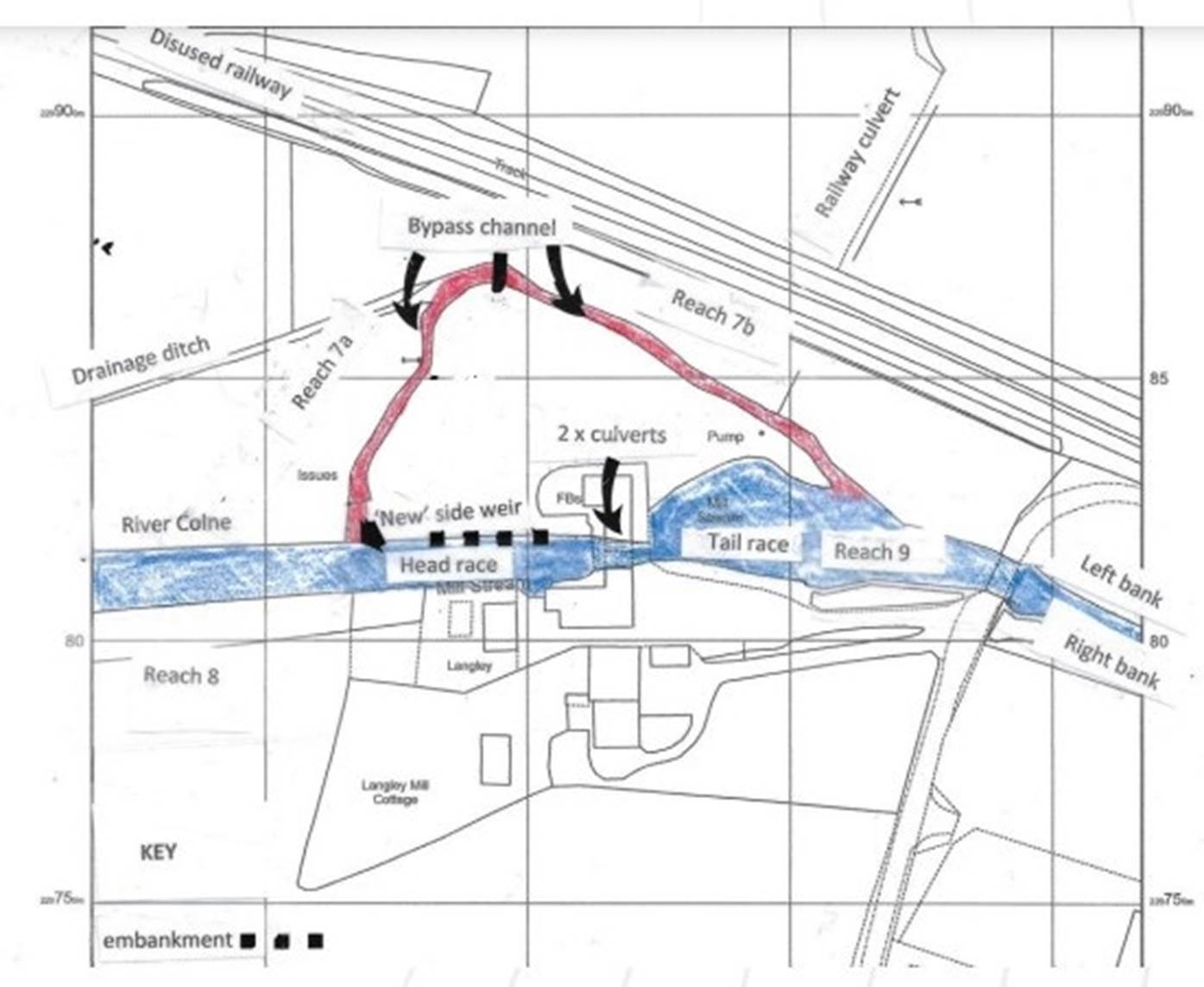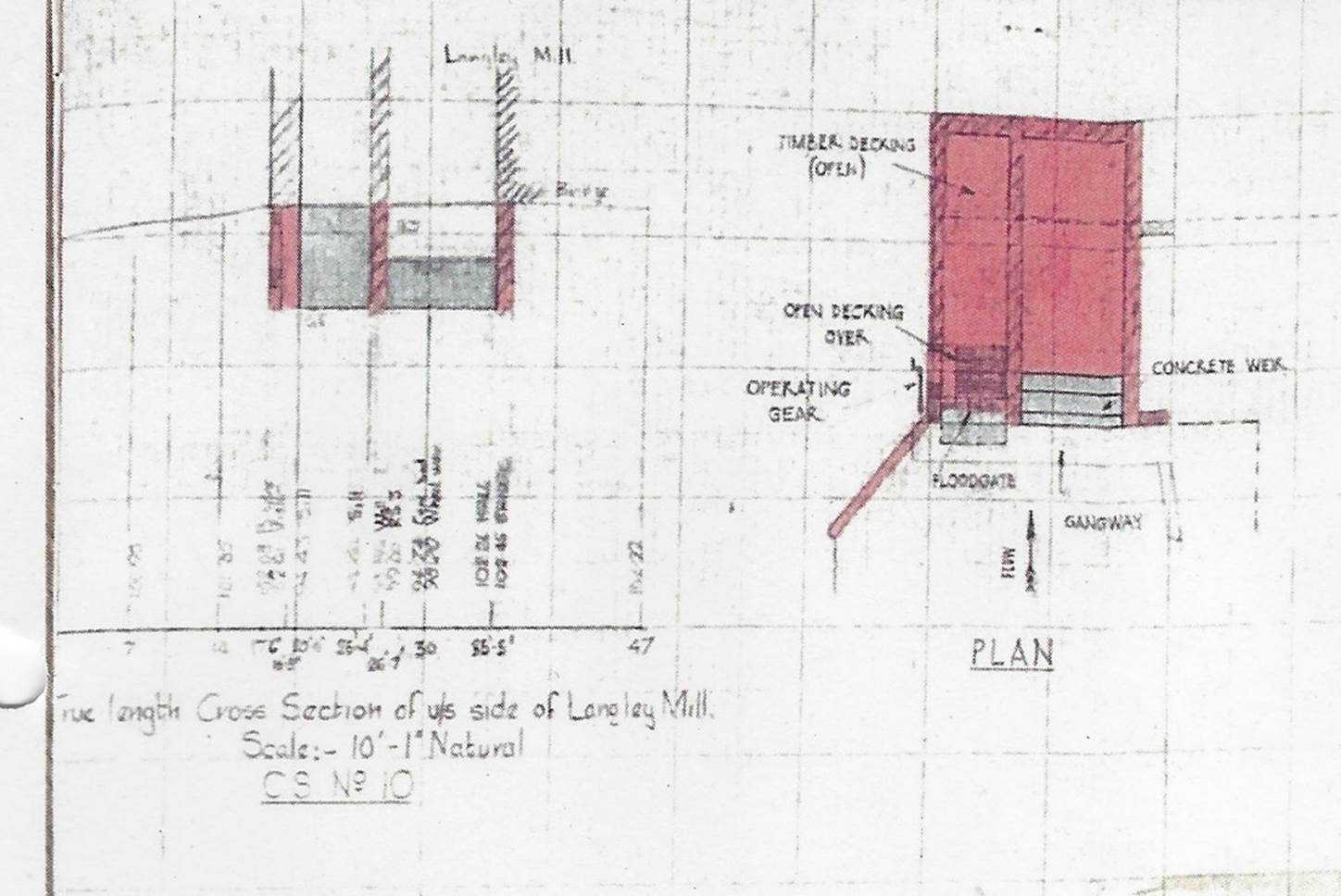
United Kingdom Upper Tribunal (Lands Chamber)
You are here: BAILII >> Databases >> United Kingdom Upper Tribunal (Lands Chamber) >> Gould v Environment Agency (COMPENSATION - WATER) [2023] UKUT 201 (LC) (24 August 2023)
URL: https://www.bailii.org/uk/cases/UKUT/LC/2023/201.html
Cite as: [2023] UKUT 201 (LC)

